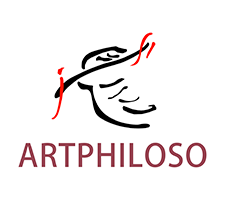
Color is the emotional architecture of abstract art—its structure is built through contrasts, harmonies, and intuitive relationships.

Flower paintings have always reflected humanity’s fascination with nature’s grace and impermanence. From the meticulous still lifes of the Dutch masters to the bold abstractions of modern visionaries, floral art continues to evolve while preserving its universal symbolism of beauty, fragility, and renewal. This article explores how different artists across centuries—from Jan Davidsz. de Heem to Georgia O’Keeffe and Yayoi Kusama—have reimagined flowers as subjects of emotion, philosophy, and form, revealing the enduring power of this timeless artistic theme.
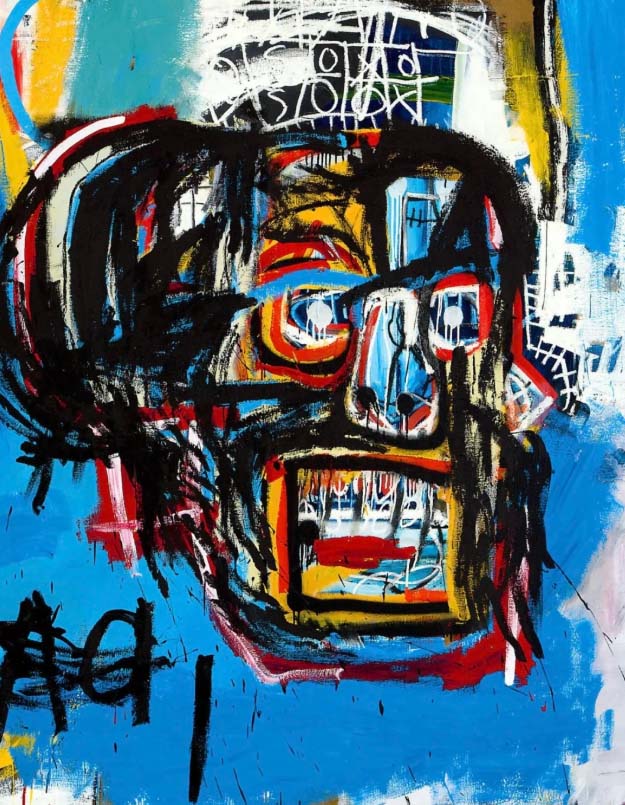
In 2025, the market for abstract art continues to surge, driven by collectors seeking emotional resonance, investment stability, and cultural prestige. While the art world has long celebrated figurative masterpieces, abstraction retains its role as a symbol of modern freedom and individuality. This article examines the five most expensive abstract artworks of 2025, focusing not only on their price tags but also on the context that makes them valuable. Each section covers a major piece — from private sales and auctions to investment trends and global exhibitions.
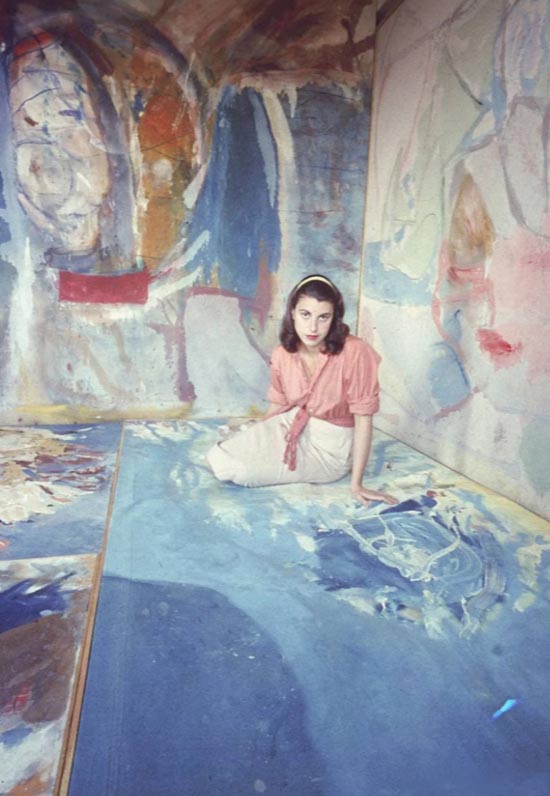
Abstract art has long been misunderstood. Many people still look at an abstract painting or abstract drawing and say, “I could have done that.” Yet what makes good abstract art is never about simple marks or random color fields. It is about intention, visual rhythm, and emotional transformation. A good abstract painting does not describe the visible world; it re-creates an invisible experience.
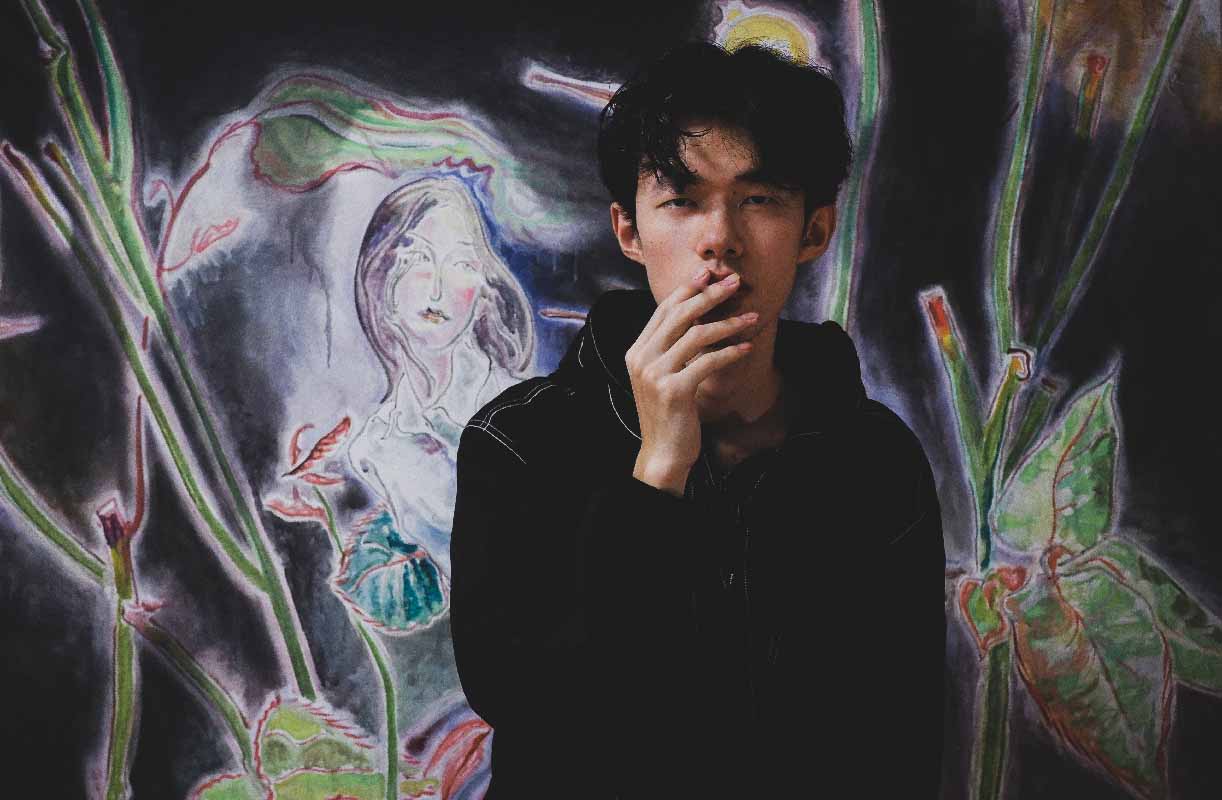
In this in-depth conversation presented by ARTPHILOSO Gallery, emerging artist Philo opens up about his artistic evolution and inner journey. From academic training to personal style, from the subtle portrayal of femininity to philosophical reflections on the essence of art, his words reveal a rare sensitivity toward emotion, form, and the contemporary world. More than an interview about painting, it is a dialogue on life, perception, and the boundless drive to create.
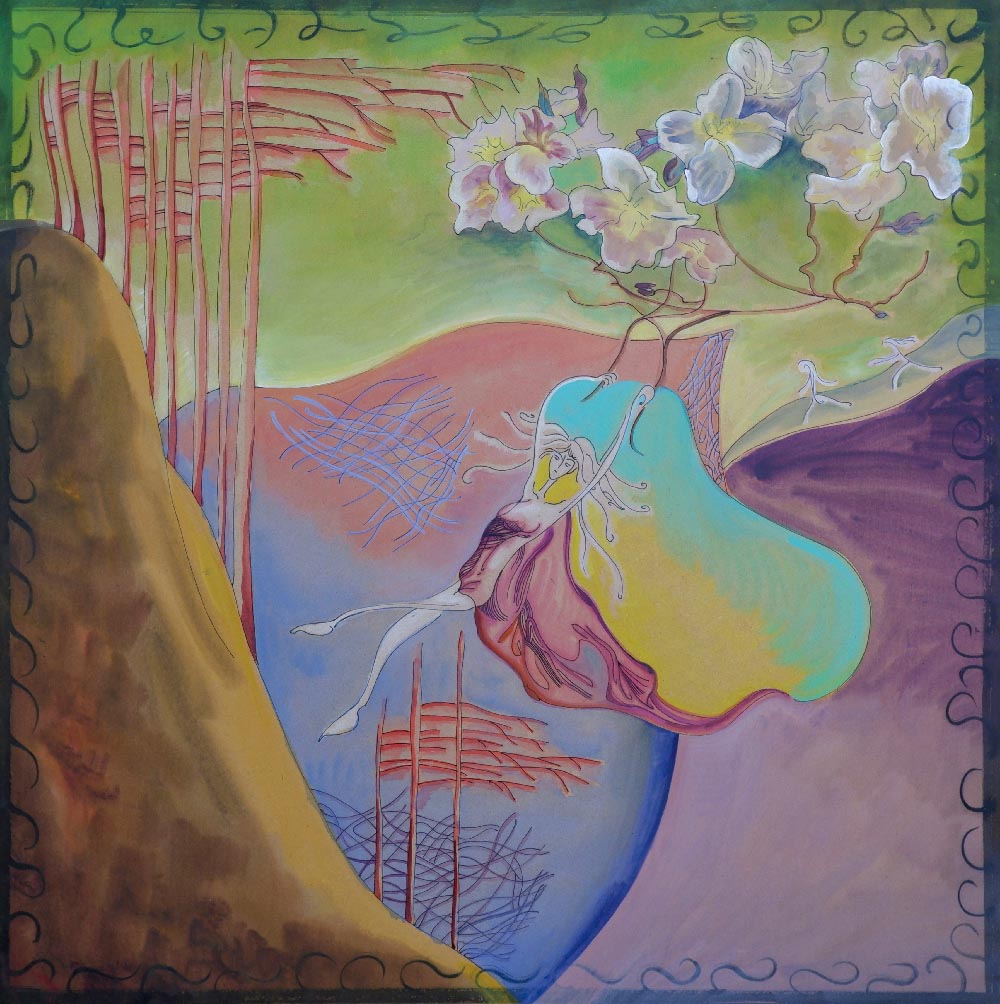
Philo's Summer Stirring is such a painting. It bears no violent conflict, no noisy display of technique. The image unfolds like a dream being gently lifted open. Color flows through the air, figures sway with the breeze, flower branches bend low, and the lines seem to be listening to something unseen. The entire canvas exudes a tender restlessness—both the breath of summer and the quiet undercurrent of the soul.

Low or sloping ceilings pose a design hurdle, compressing vertical space and altering light dynamics. Yet these architectural quirks can become creative features when handled with intention. Hanging art in such rooms is not about obeying rigid rules—it is about building visual harmony between structure, function, and aesthetics.
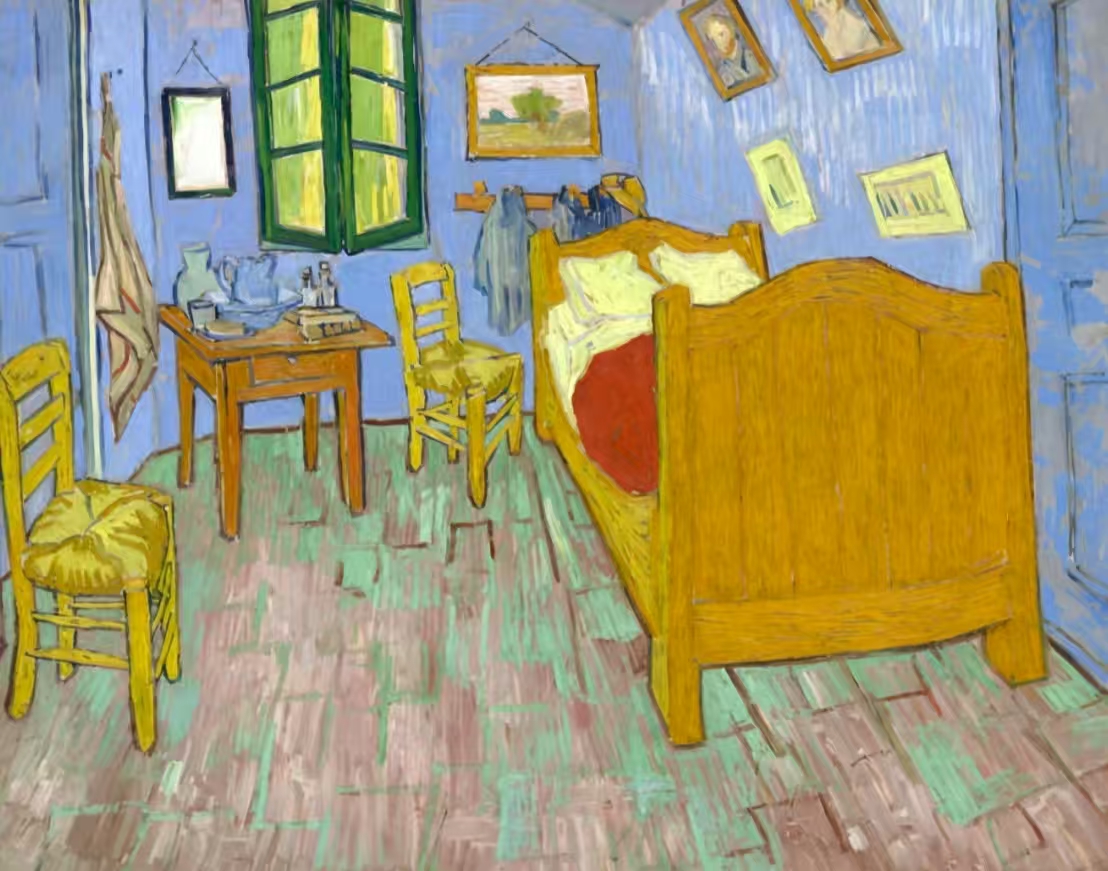
Impressionism sought to capture what the eye sees—the fleeting effects of light—while Post-Impressionism aimed to express what the mind feels—the artist’s subjective interpretation of the world.
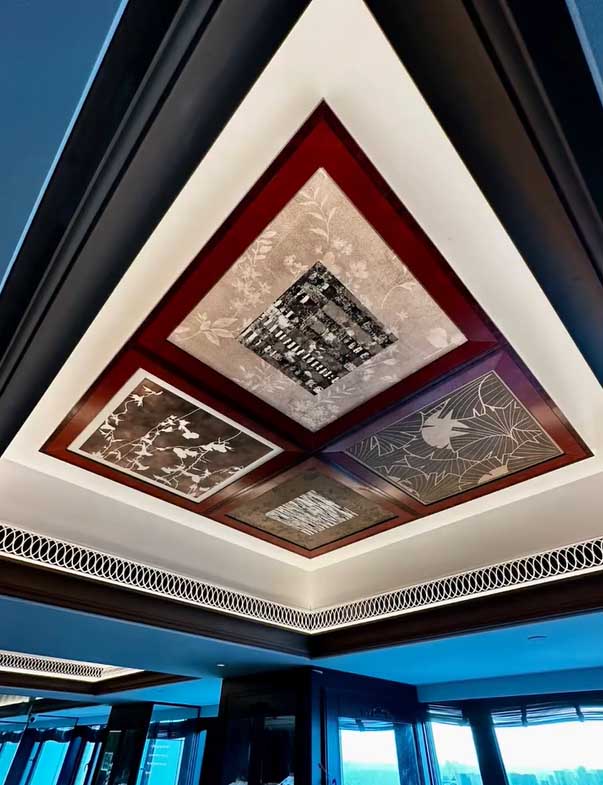
When you look up, do you see a blank surface or an artistic expression overhead? In interior design, the ceiling—often called the “forgotten fifth wall”—has long been overlooked. Yet today, a creative revolution is taking place: the rise of ceiling hanging art and decoration hanging from the ceiling.
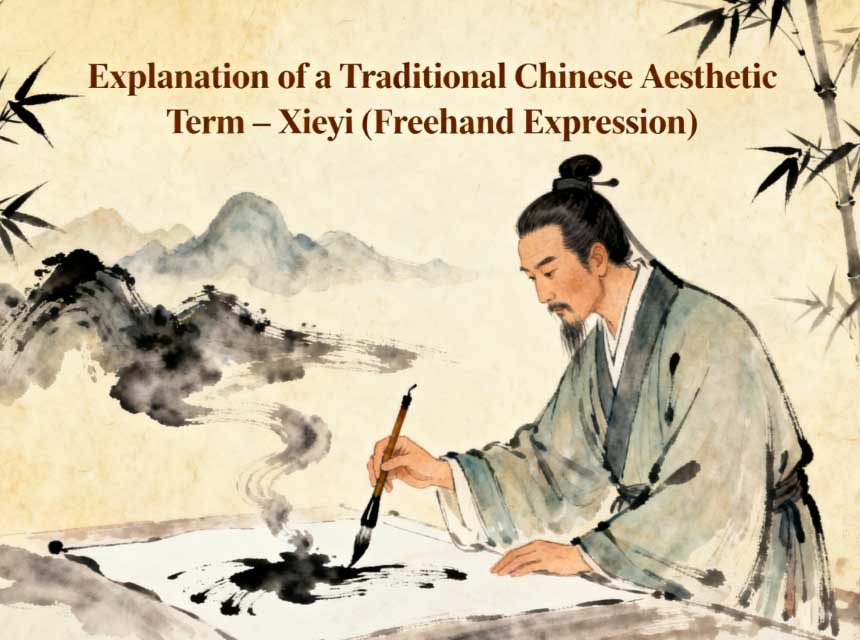
In the traditional Chinese art system, “Xieyi” (写意) is a central aesthetic concept spanning painting, calligraphy, and opera. Unlike Western realism, which emphasizes faithful reproduction, Xieyi art aims to convey the spirit and inner world of objects through sparse yet expressive brushwork.
